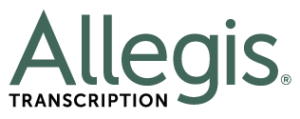How to Assess Transcription Accuracy
I’ve talked about transcript quality control previously and Allegis’ overall process for ensuring transcription accuracy, but now I’d like to get into how we actually calculate transcript accuracy. Making sure our customers and prospective clients have a shared understanding of how we calculate verbatim transcript accuracy is very important. Transcript scoring guidelines do vary somewhat from vendor to vendor and what I discuss here only applies to verbatim transcription. This is the style of transcription insurers typically rely on because transcripts often go to arbitration, and a having a verbatim, typed reproduction of a verbal statement can be a key part of a complete claim file. Verbatim transcripts seek to reproduce the spoken word in written form, as accurately as possible, with every “um” and “ah” intact.
Why We Created the Transcript Quality Scoring Guide
We initially created a guide for internal use, which has evolved over our nearly 20 years in business. It creates a consistent means of evaluation for our quality control (QC) team. Eventually, as Allegis brought on more customers, we encountered a need to share our scoring guide more frequently. Some customers wanted a way to evaluate our transcription accuracy and others wanted to compare Allegis’ transcripts to another vendor’s.
Not All Inaccuracies Are Equal
Without a common means of comparison, people were assigning different scores to the same transcripts. For example, a person might deduct one point for a misspelled word, as well as one point for a gross misstatement of the facts of loss. If, for example, a transcriptionist types that a claimant turned right instead of left, this mistake has the potential to substantially alter an arbitration outcome. Internally, we deduct fewer points for a misspelled word than for a misstatement that alters the meaning of what was said. We assign one point to formatting errors, typographical errors, and other persistent minor errors.
Who Can Benefit from Using the Guide
You can put this guide to use in many different ways. You might be an existing Allegis client and want to check the accuracy of our work. Perhaps you want to evaluate another vendor’s work. Also, many insurers maintain internal or in-house teams. These teams often have an interest in benchmarking performance against industry standards.
If you use verbatim transcripts and want to check document accuracy, this is the tool for you. It is worth noting that scoring criteria does vary slightly from vendor to vendor, but with Allegis being the largest recorded statement transcription vendor on the market, our standards are widely adopted.
98% Accuracy is Nearly Perfect
As you can see based on some of the examples provided, achieving 98% or great accuracy for verbatim transcripts is a very, very high standard. Three incorrect punctuation marks would cause a transcript to fail our quality control standards.
Download Allegis’ Transcript Quality Scoring Guide for Yourself! It’s our free gift to you. Just use the button below to access the guide.










Leave a Reply
Want to join the discussion?Feel free to contribute!